Growing rice and aquatic animals together leads to higher rice yields, lower greenhouse gas emissions and billions more in revenue
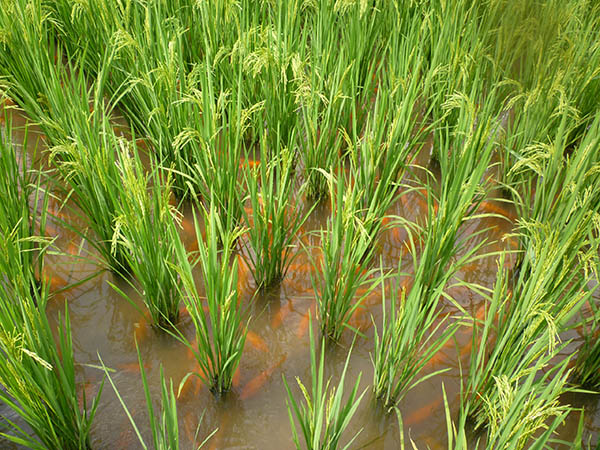
A traditional Southeast Asian rice farming technique of raising fish and other aquatic livestock in paddies has the potential to meet global food security demands, improve the health of both people and the environment and earn producers an additional $150 billion a year worldwide, according to a new study.
Rice is a staple food that sustains about half of the world’s population, and almost all of it is grown as a monoculture (or single-crop species). Systems for growing rice and raising aquatic animals (such as fish, shrimp and ducks) together have existed for over 1,000 years. The practice is now rare, with only 1 percent of global rice production coming from co-culture farms.
Previous studies have found that combining rice farming with aquaculture increases land-use efficiency while reducing the need for commercial fertilizers, due to the animals’ nutrient-rich droppings, and pesticides, because aquatic species eat many problem insects and weeds.
“Rice-animal co-culture systems provide an innovative strategy to tackle the multiple challenges society is facing today, including the food crisis, climate change, environmental pollution and resources shortage,” said Baojing Gu, an ecologist at Zhejiang University and co-author of the study.
The research team assessed the performance of rice-animal co-culture systems throughout the world by looking at the combined research findings of 155 different case studies. The study revealed that rice-animal farms increase annual rice yields by 4 percent while reducing nitrogen runoff by 16 percent and leaching by 13 percent in relation to rice monocultures.
“Co-culture [systems] produce more diverse food types and nutrient sources, contributing to food security,” said Jinglan Cui, an ecologist at Zhejiang University and co-author of the study.
Eat the whole fish: A discussion of culture, economics and food waste solutions
The study also found that rice-animal farms decrease methane emissions by 11 percent in relation to rice monocultures. Rice-duck and rice-crayfish co-culture systems altogether are estimated to reduce methane emissions by about 40 percent, while rice-fish co-culture systems are estimated to increase methane emissions by 29 percent.
According to the authors, the differences in methane emissions between co-culture systems can be attributed to the oxygen levels present in each system, with methane emissions increasing in response to low oxygen levels. Fish swim around the paddy fields consuming oxygen in the system, resulting in higher methane emissions. Duck and crayfish introduce oxygen into the system by digging and perturbing the soil in the paddy fields, lowering methane emissions.
Each system is unique in the ecological and economic benefits they provide, and according to the researchers, the animal that should be chosen for a specific co-culture system depends on how well it can survive, grow and reproduce in a given environment.
According to the study, 87 percent of existing rice monoculture farms, or a total of 143 million hectares (about 353 million acres) worldwide, are estimated to be suitable for rice-animal farms based on their climates. And if all suitable land was used for rice-animal co-culture farming, those farms would produce more than 140 million tons of animal protein per year, surpassing current global aquaculture production of just above 100 million tons per year.
The adoption of rice-animal co-culture has been slow to gain traction globally because it requires co-culture-specific technologies, resources (such as capital, labor, infrastructure and market networks) and national policies that promote rice monocultures.
“Prevailing agricultural policy paradigms favoring intensive rice monocultures may present a barrier for adoption of rice-animal co-culture in many countries,” Cui said.
Follow the Advocate on Twitter @GSA_Advocate
Now that you've reached the end of the article ...
… please consider supporting GSA’s mission to advance responsible seafood practices through education, advocacy and third-party assurances. The Advocate aims to document the evolution of responsible seafood practices and share the expansive knowledge of our vast network of contributors.
By becoming a Global Seafood Alliance member, you’re ensuring that all of the pre-competitive work we do through member benefits, resources and events can continue. Individual membership costs just $50 a year.
Not a GSA member? Join us.
Author
-
Responsible Seafood Advocate
[103,114,111,46,100,111,111,102,97,101,115,108,97,98,111,108,103,64,114,111,116,105,100,101]
Tagged With
Related Posts
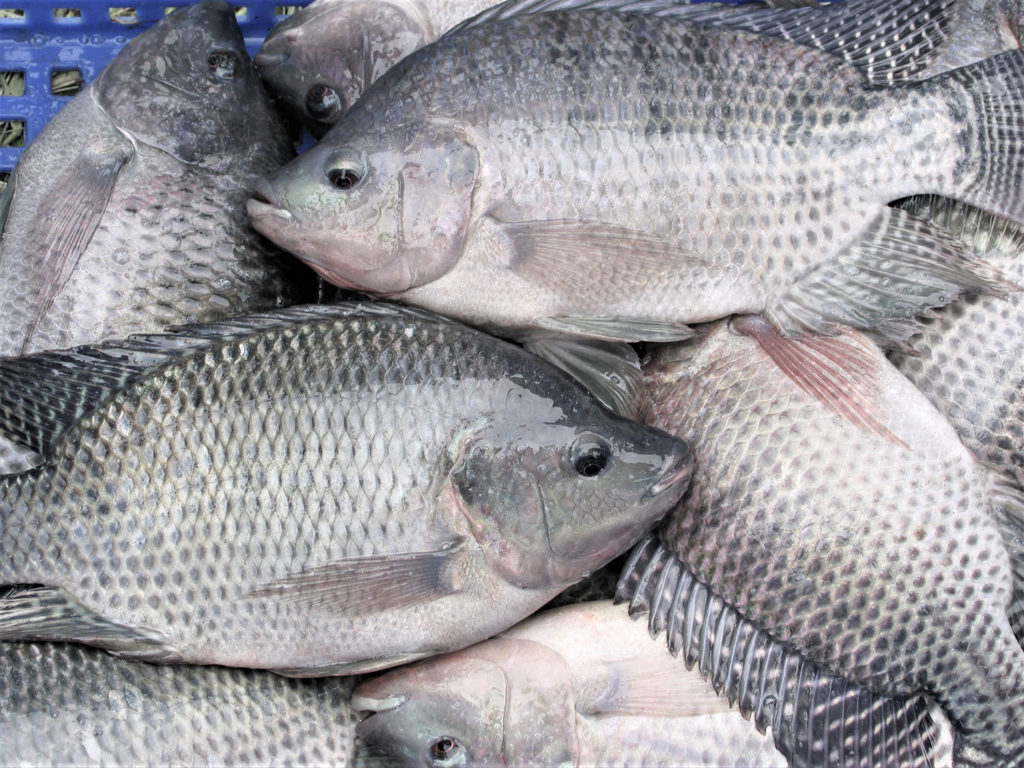
Intelligence
First full reference genome for a genetically improved tilapia strain could aid global food security
Scientists say the reference genome for a genetically improved tilapia strain can be a "baseline" for breeding beneficial traits.
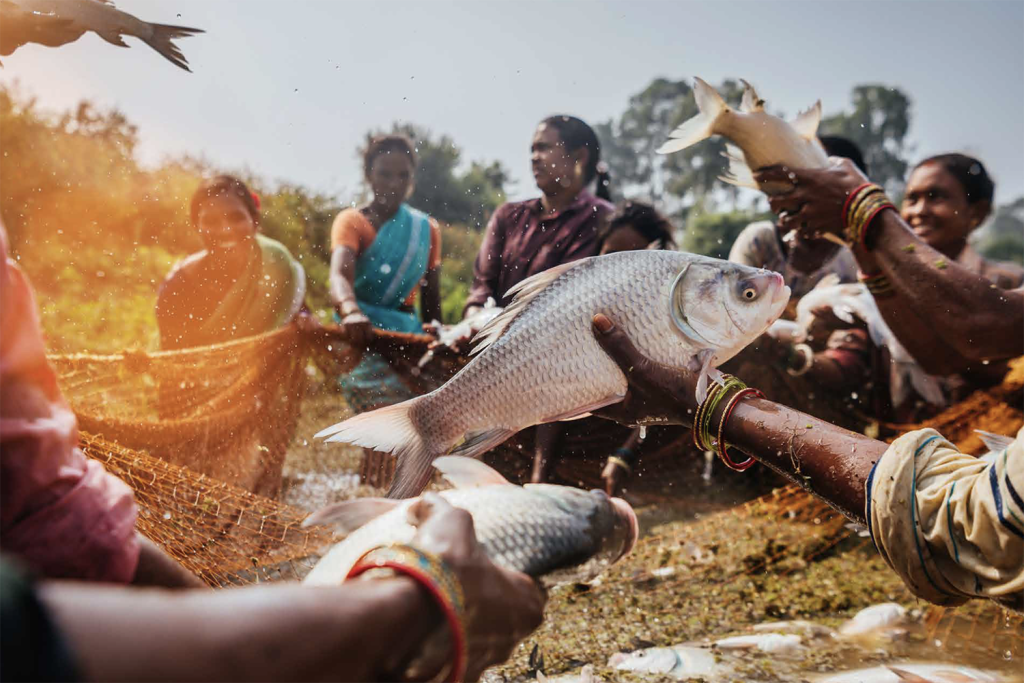
Innovation & Investment
‘They know better than men how to protect their environment and people’: How focusing on women farmers is boosting food security in India
GOAL 22: The Government of Odisha and WorldFish collaborate to boost income and food security in India by teaching women’s groups to raise carp.
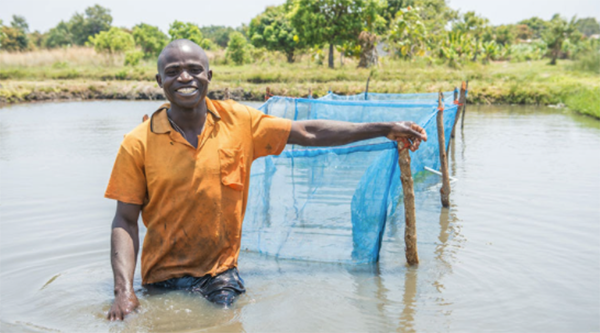
Responsibility
‘Aquaculture could feed the world,’ concludes International Labour Organization
An International Labour Organization technical meeting affirmed that aquaculture has enormous potential to feed the world, but there are challenges to harnessing its full power.
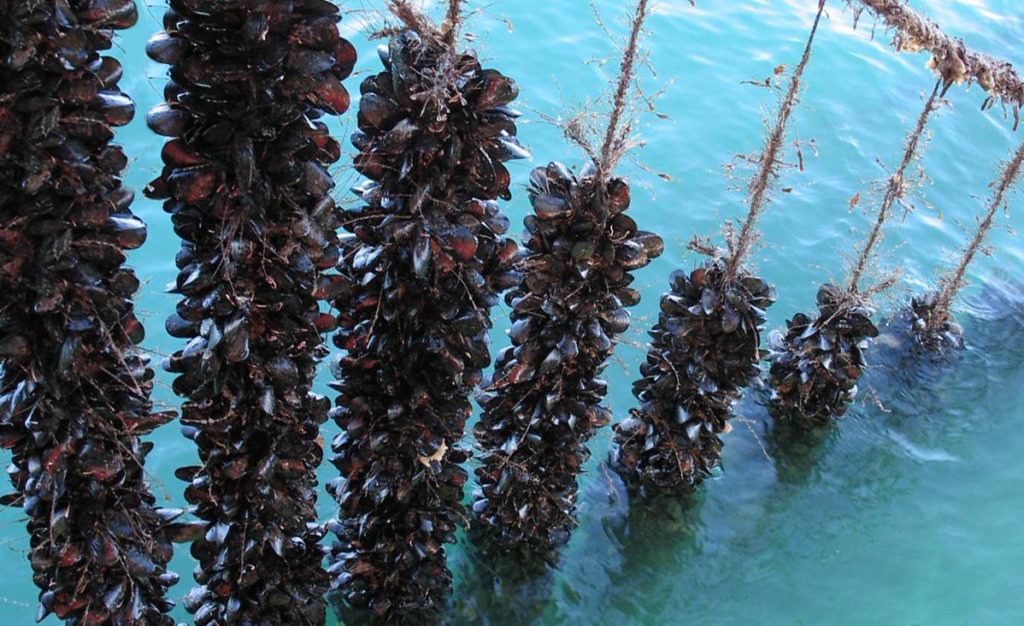
Responsibility
New analysis and online tool shows value of aquatic foods in addressing global food challenges
A new interactive online tool and analysis shows how leveraging aquatic foods can help policymakers address multiple global challenges.



